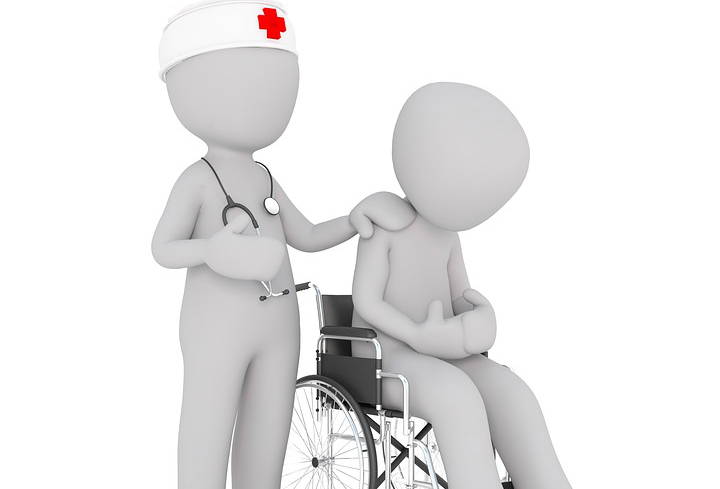
What is also understood is that there are “tells,” or neurological expressions of these withheld, nonverbal communications happening inside our brains. Even though we may not consciously or intentionally express verbally or physically how we feel, our brain/body connection does express these thoughts and feelings in nonverbal ways. These nonverbal ways are the “tells” that police and other professionals use to decide if someone is withholding information. This skill usually relies on instinct, but it might be wise to include such a information in today’s health coach certification programs to assist nurses in treating their patient's ailments holistically and effectively.
Relationship Impact
Many studies have been done on the subject of body language and nonverbal communication. Most of these findings agree that it is important for all of us to become aware of how our physical and verbal or nonverbal behavior impacts others, especially those who spend the most time in our environment.
Nonverbal communication can often cause one individual in a relationship to become upset if he feels he is seeing or interpreting nonverbal actions by his partner as rejection or disinterest. Often, before a relationship ends, one partner suspects the relationship is in trouble because of a lack of eye contact or verbal communication or because of hostile body language, such as the crossing of arms or legs in response to communication attempts.
Thoughts, Feelings, and Your Body
There is a science to nonverbal communication interpretation, as well as a science to understanding the best way to express our feelings. The way we do that can result in a positive or negative outcome. The science is directly related to neurological and neurotransmitter connections between thoughts and feelings in the brain and their communication to the muscles and nerves in the rest of our body.
Healthy Applications
Body language communications are both sent and received. We should become more mindful of the cues others are sharing and learn to read them more effectively because the information can be surprisingly vital. In my consulting practice, I see this all the time. A patient’s body language often conveys information they are leaving out, whether due to timidness, embarrassment, or lack of conscious. Nonetheless, nonverbal communication can alert to a need to press further for more clues about the presenting complaint.
Interpreting a patient’s or loved one’s body language can require close observation, something worth practicing whether you are a practicing nurse, an individual pursing a health coach certification, or simply a person hoping to improve your communication skills and your relationships.
In closing, we should all make an effort to monitor the nonverbal communication we are sharing in both our professional and personal lives. These cues can also offer hints to the real struggles lying beneath the surface.
FREE Whole Health Consultations available.
888-354-4325 Take charge of your health!

